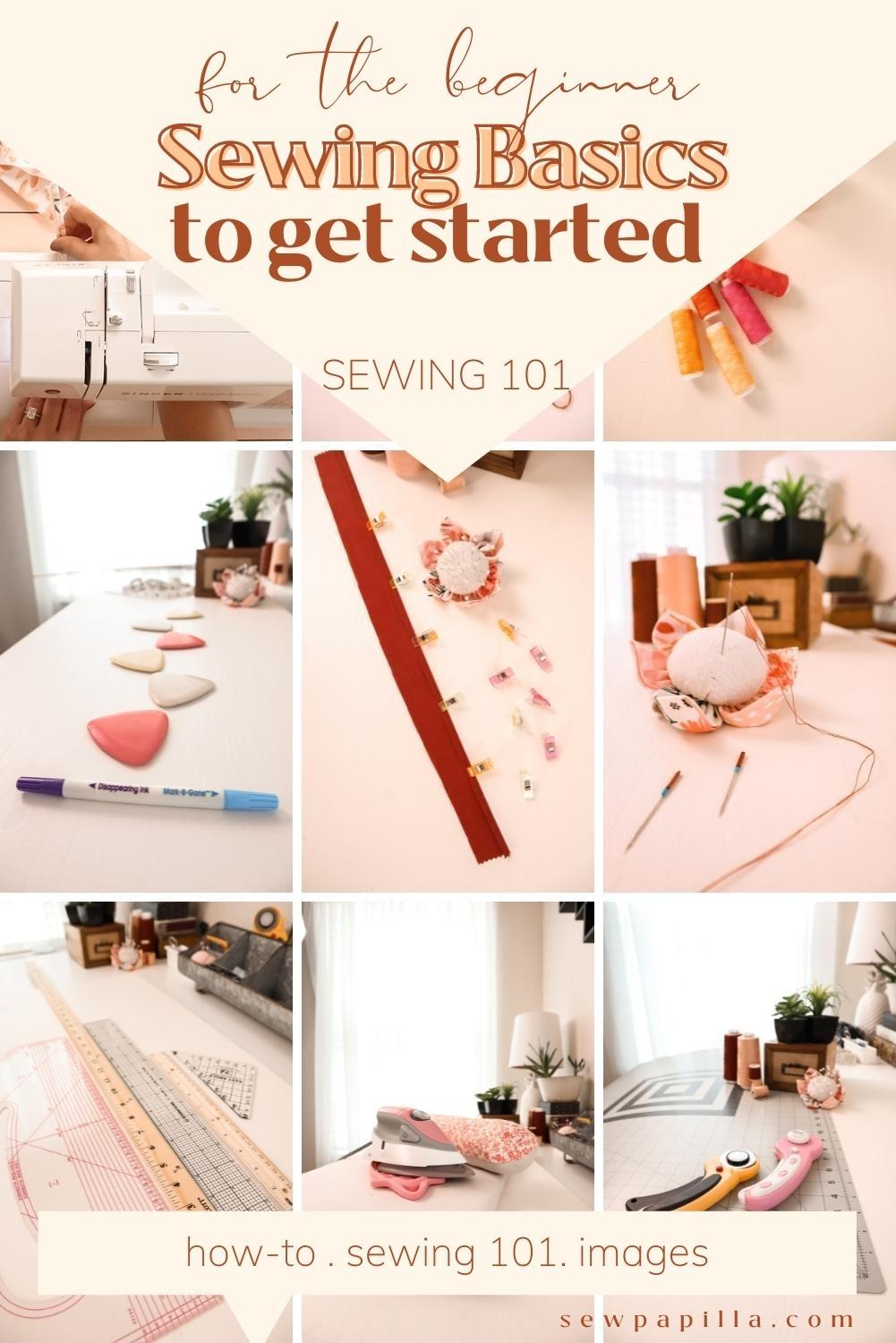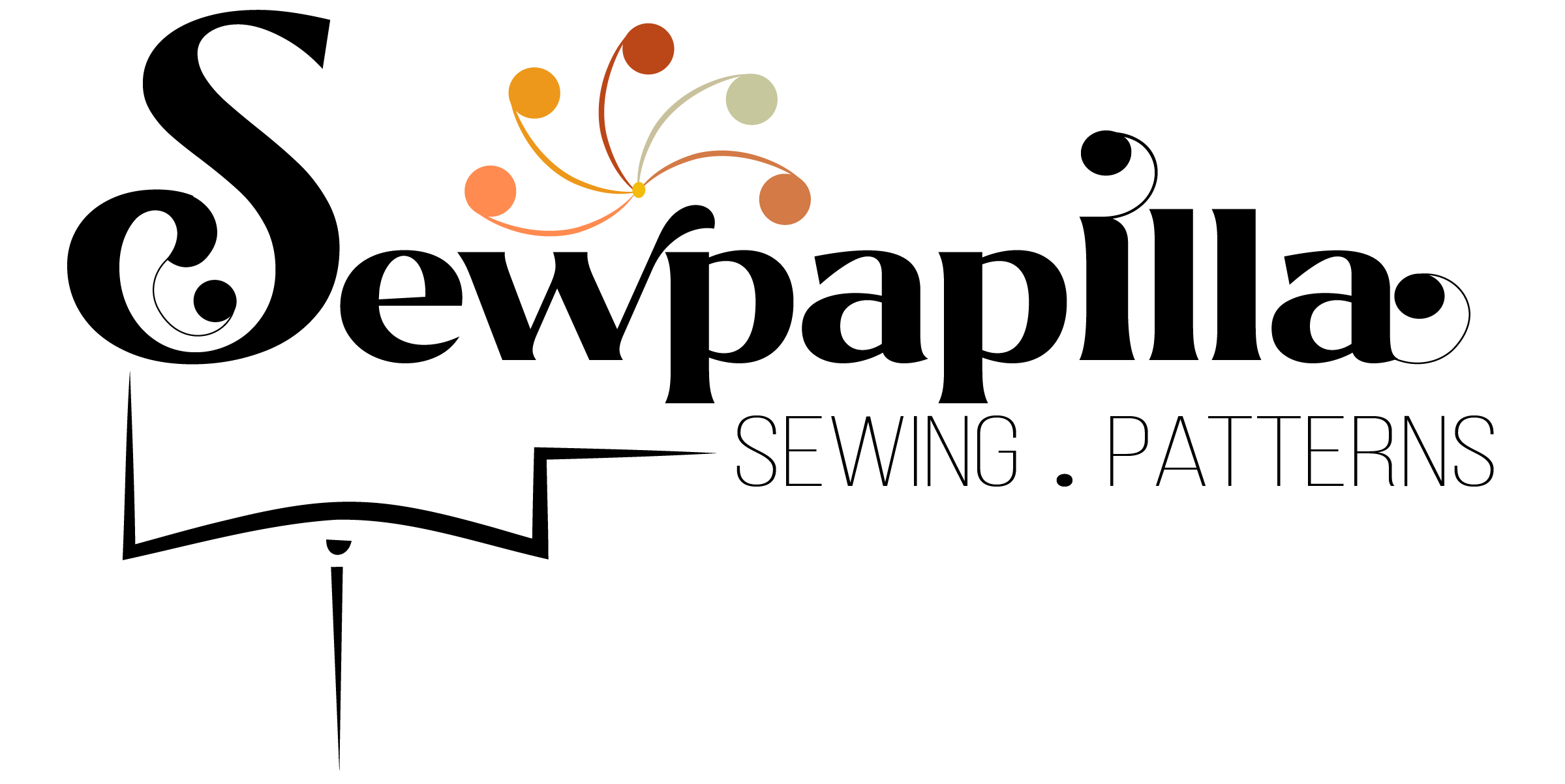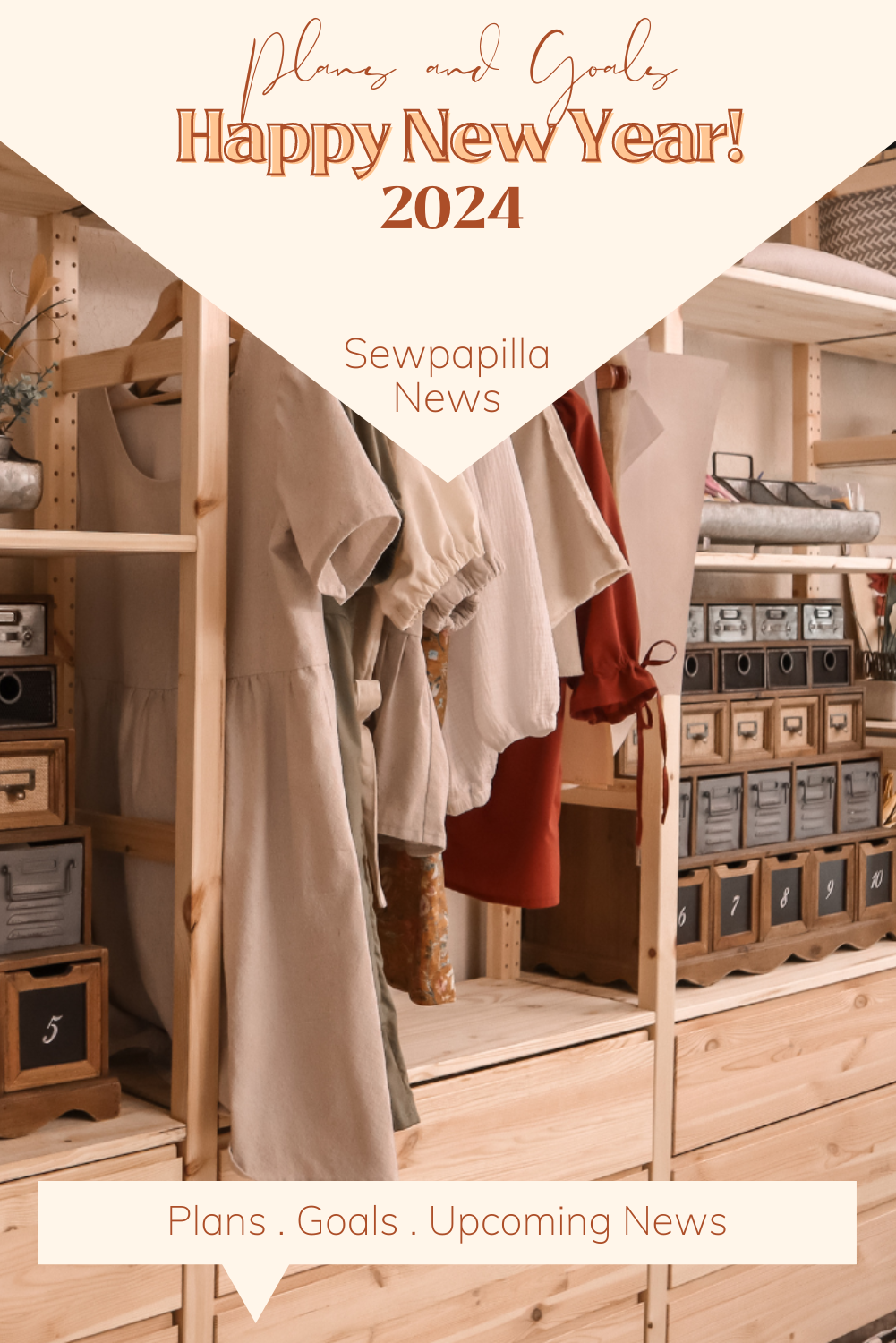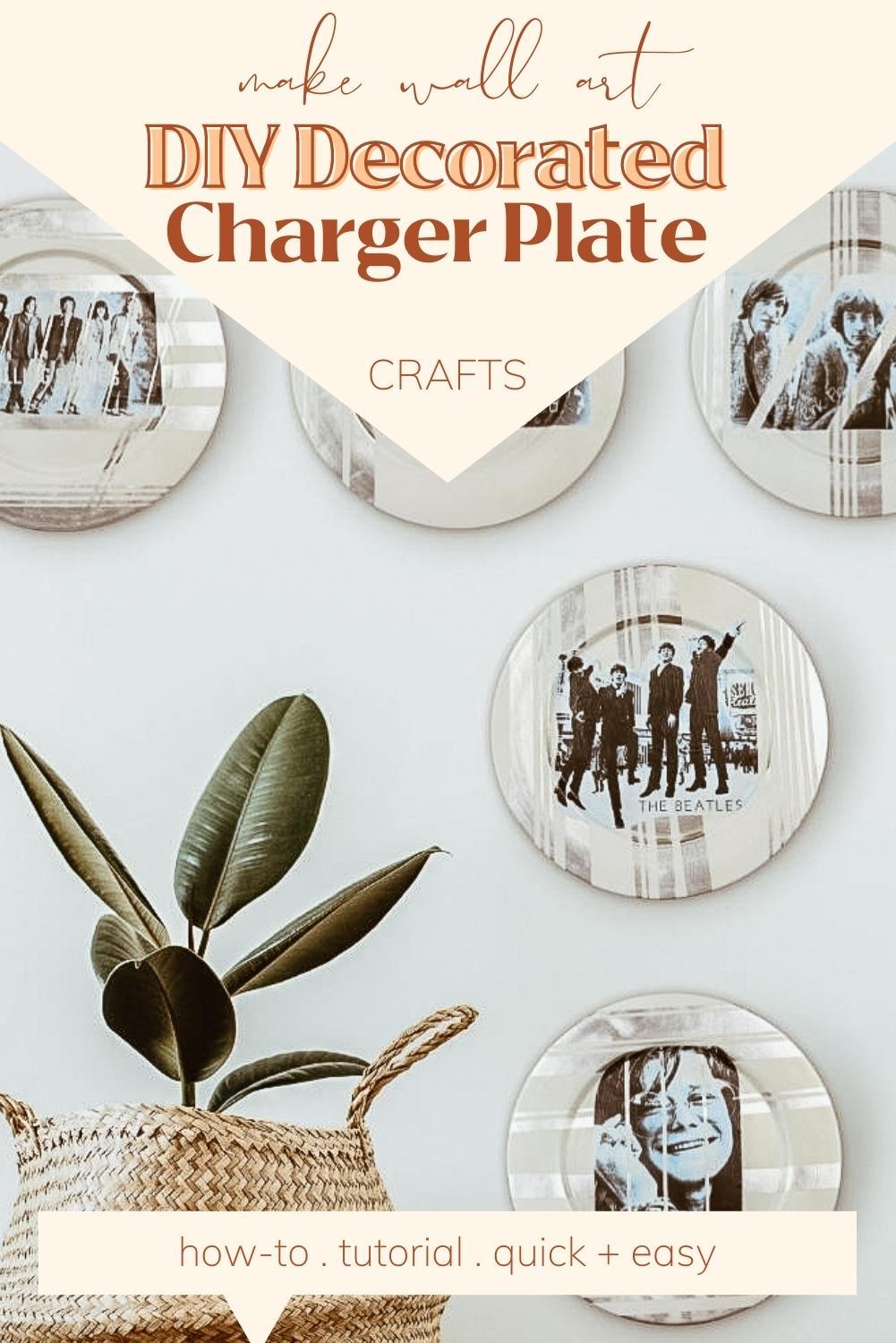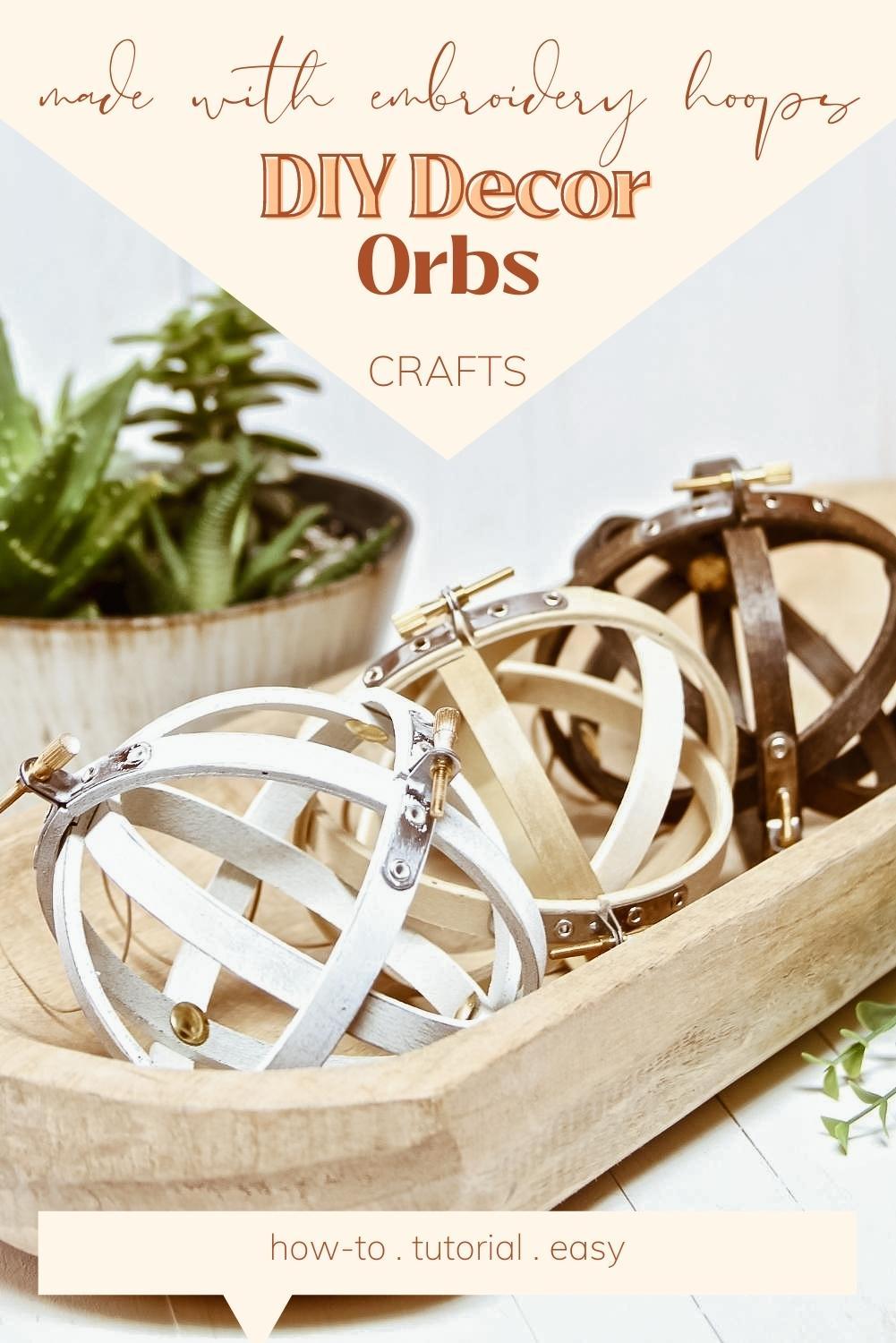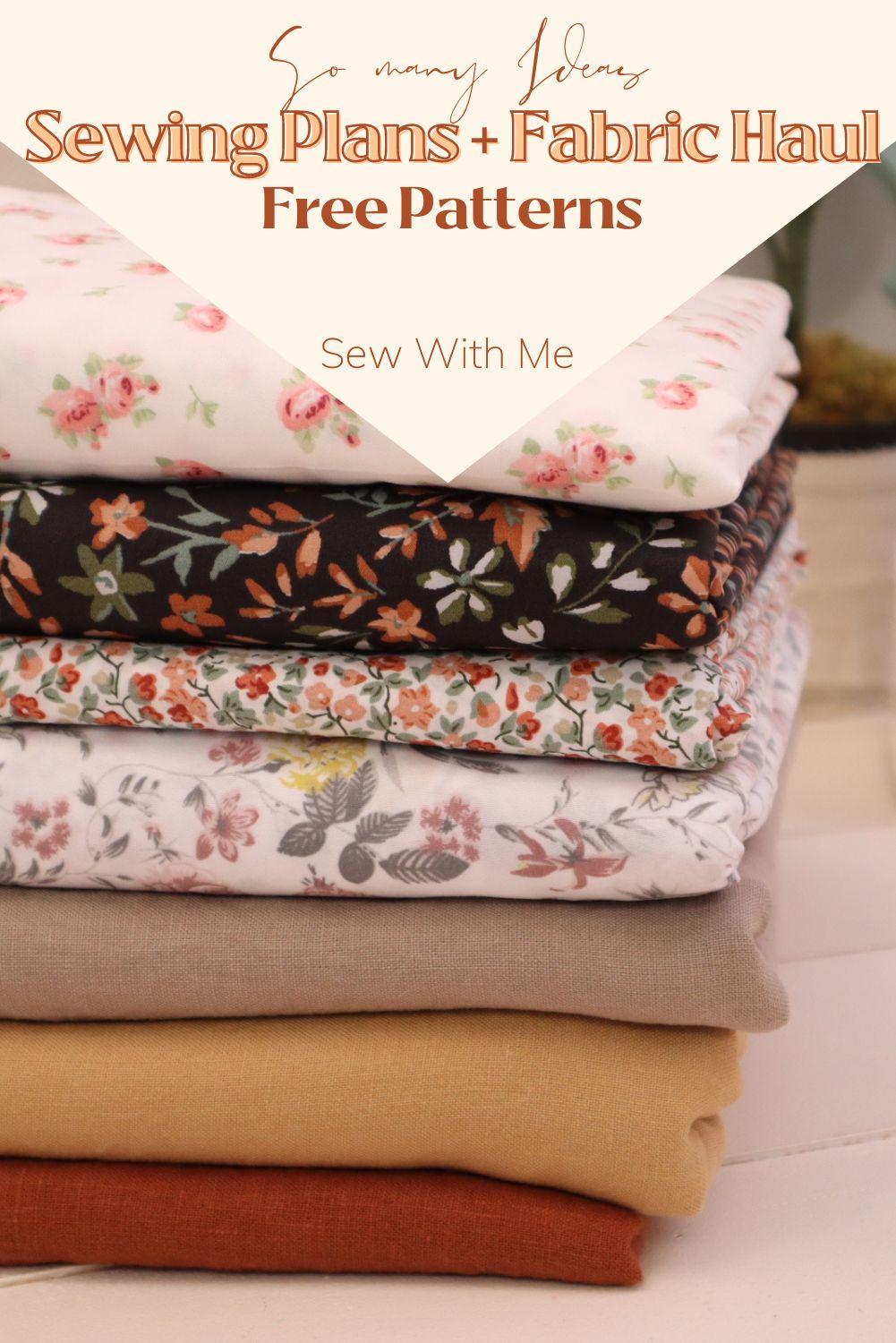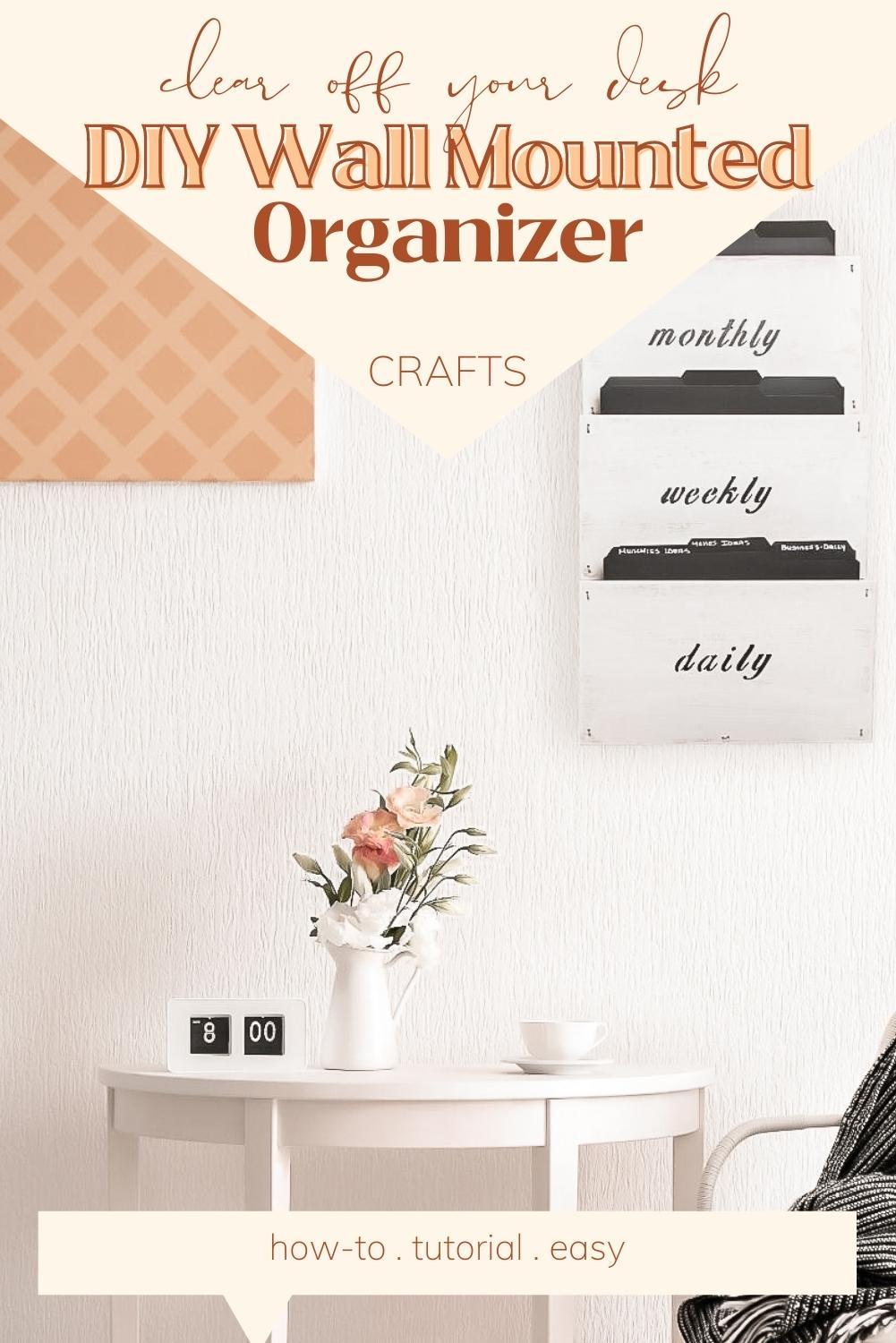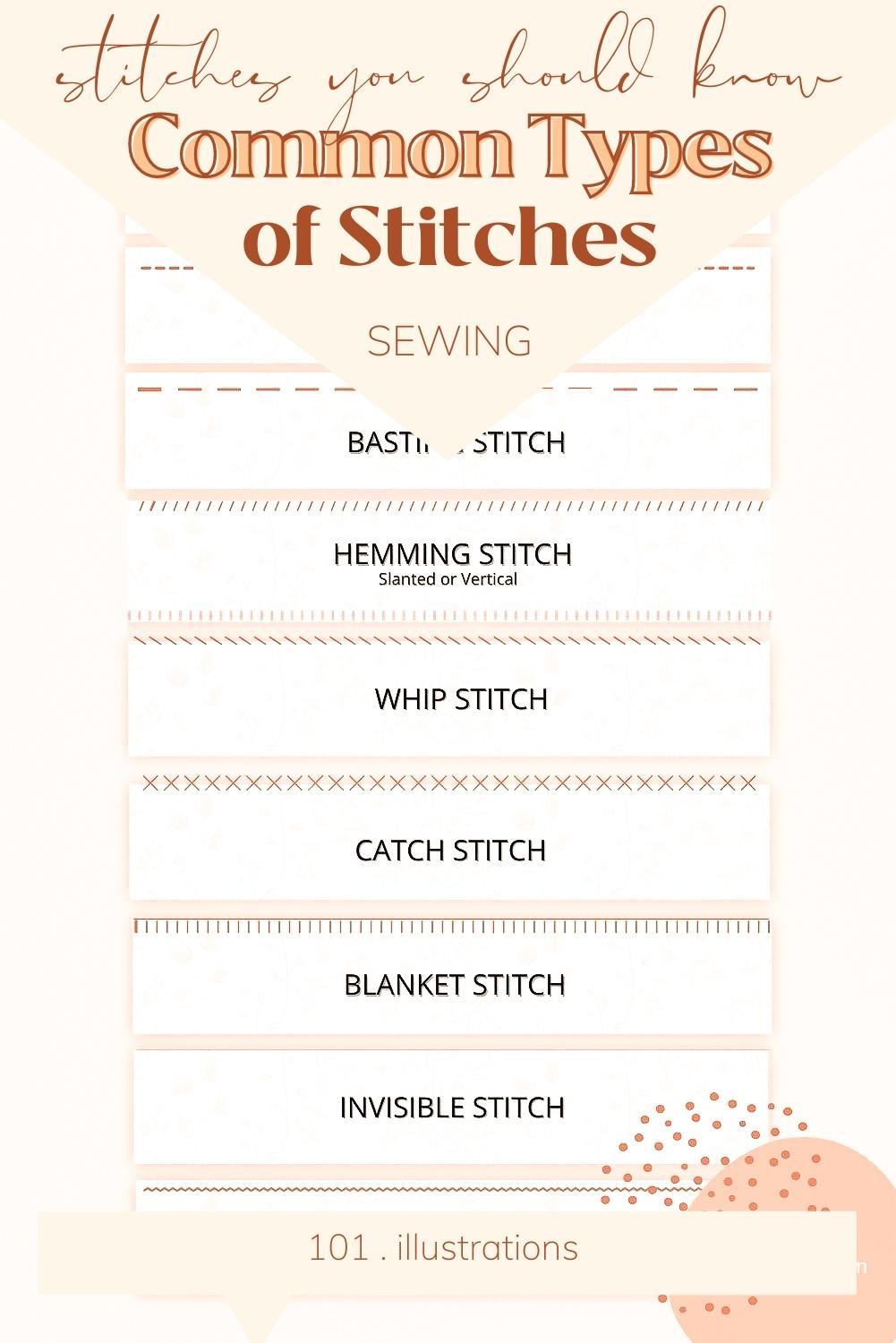Sewing Basics For The Beginner
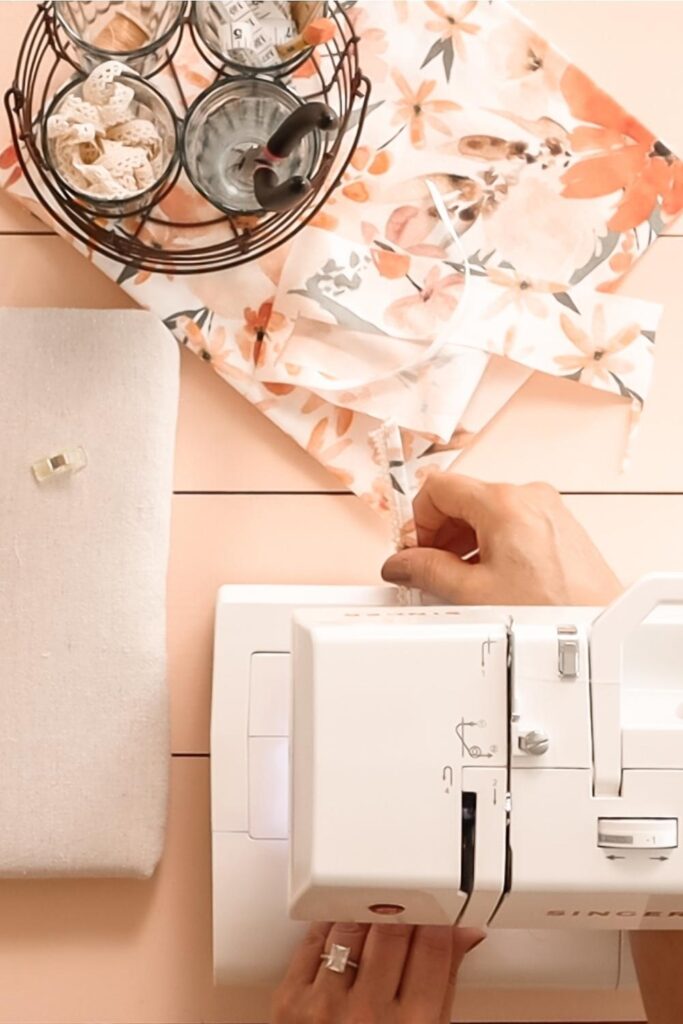
SOME OF MY POSTS MAY HAVE *AFFILIATE LINKS. AT NO COST TO YOU, IF YOU CLICK ON A *LINK, I MAY GET A KICKBACK TO HELP SUPPORT MY BLOG. ALL PRODUCT LINKS ARE FROM BRANDS I LOVE AND TRUST. ALL OPINIONS ARE MY OWN. THANK YOU FOR YOUR SUPPORT!
Sewing Basics for the beginner to get you started
If you are a beginner and curious about what you need to start sewing, keep reading. I have compiled a tool list of sewing basics to help you get started.
My sewing inspiration started as a little girl watching my great-grandmother sewing on her vintage sewing machine. Everyone will have their own story of who or what inspired them.
Today’s posts for crafty sewing projects are flooding the internet, such as YouTube and sewing blogs. It’s so inspiring! It is so inspiring that you, too, will want to start immediately.
Trust me, and I get it; sewing looks fun, and well, it is. I love seeing my ideas come to life, and when you start sewing, you will too.
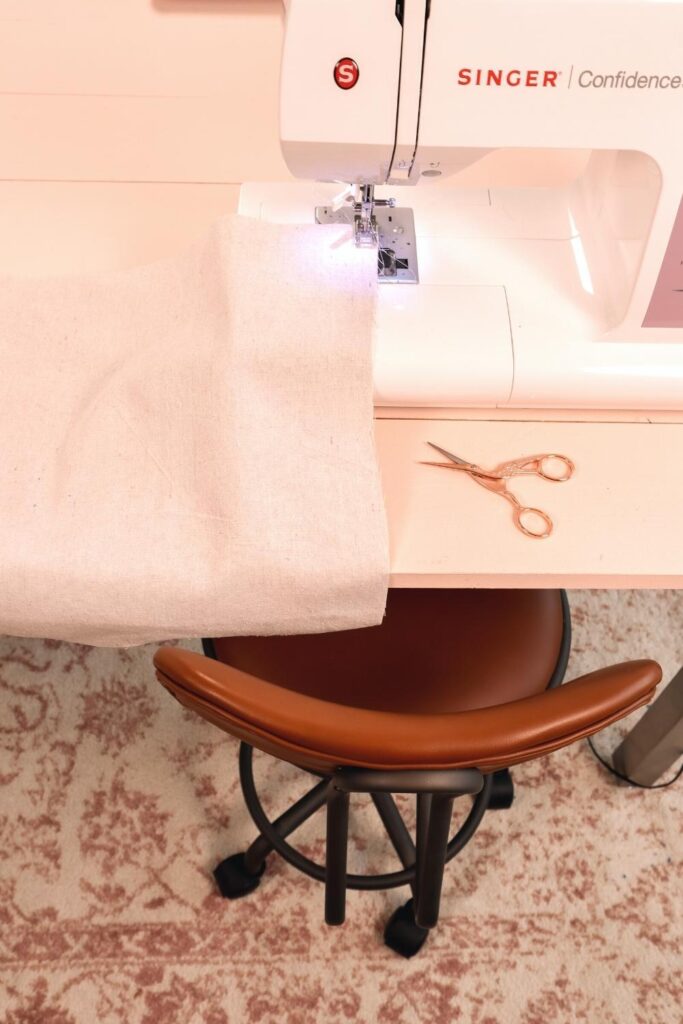
Sewing Basics for the beginner
I can almost hear you thinking, but how do I get started? I’ve never sewn a thing, ever! But, if you have never sewn a thing before, learning how to sew is so much fun and rewarding. I’m not going to lie; getting started may seem a little overwhelming at first and pricey, but this investment is well worth it.
This essential sewing list for beginners will help you get your feet wet. Don’t worry; I’ll have your back and guide you.
I can’t emphasize this enough when you start sewing and decide you love it; I recommend stocking up on additional sewing tools.
Here’s why it’s essential: with much practice and confidence, you’ll move up to the next level of sewing. Of course, the next level means you’ll want to explore new techniques and intermediate sewing projects.
When you are ready and decide to surround yourself with this sewing gig, my go-to sewing list is a list for the serious beginner; you can view the ultimate list of essential sewing tools here.

Beginner Sewing Basics
In the meantime, let’s review the sewing basics for beginners to help you get started.
Sewing Machine
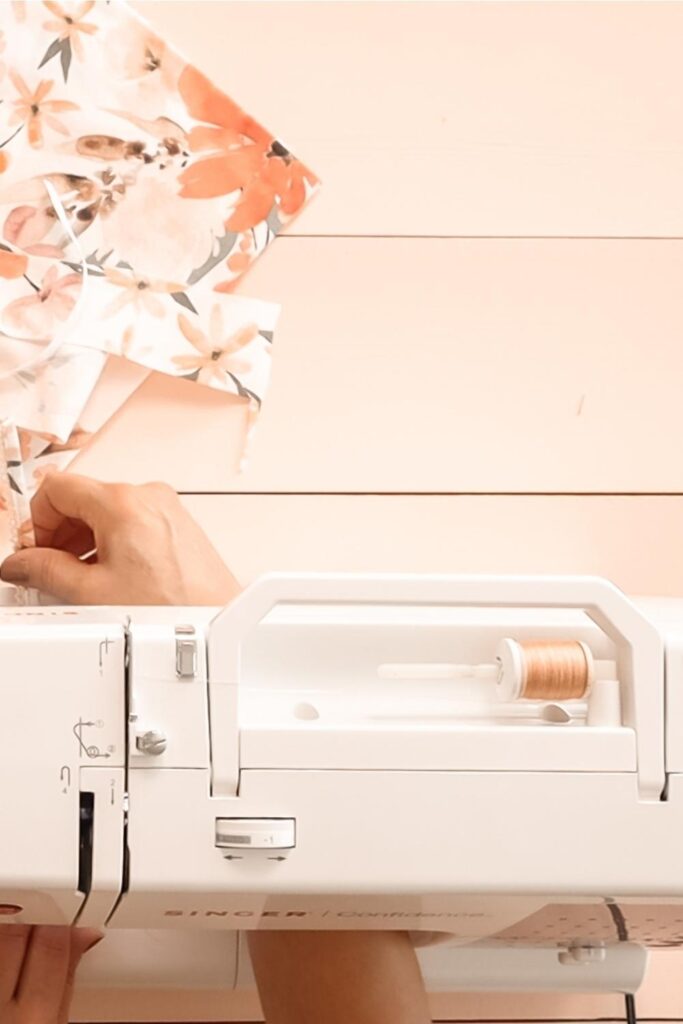
A sewing beginner will want a non-expensive starter sewing machine. However, it’s not necessary to spend big bucks in the beginning. You can find an excellent-performing sewing machine for up to $200.
To get started, you only need two stitches, a straight and zigzag stitch, and preferably a variable stitch length. Here is a great option * here.
Scissors
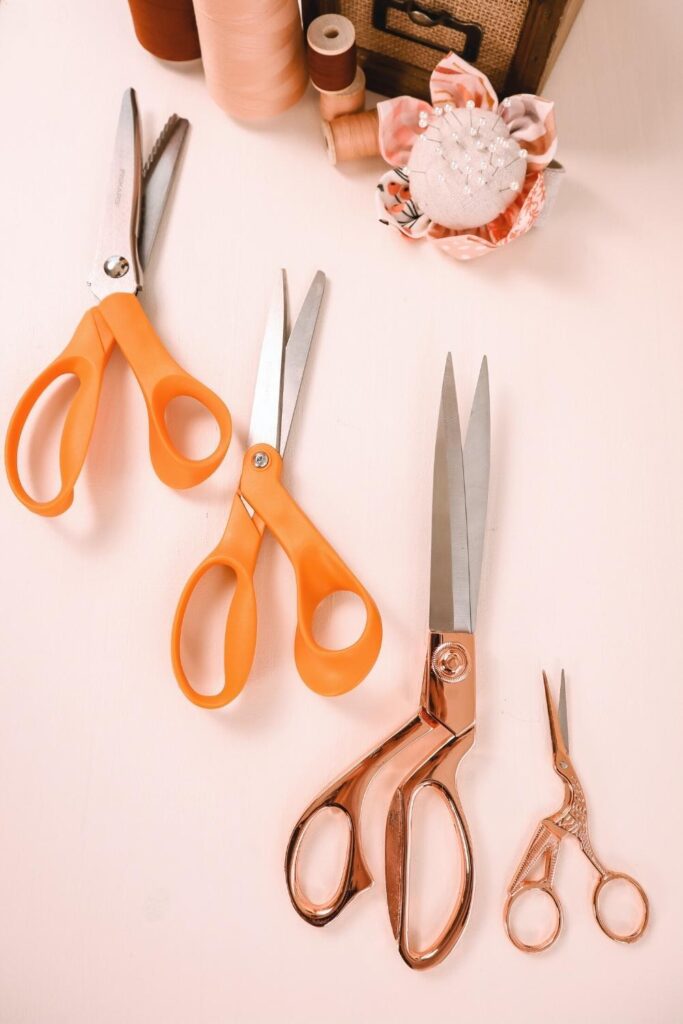
You will need a good pair of scissors strictly dedicated to cutting fabric. You can find them at your local fabric or craft store or online for up to $20. They don’t need to be super expensive, but they should be sharp and comfortable to grip.
You’ll want paper scissors to cut paper patterns. Never use paper scissors with fabric scissors, as you want your fabric scissors to remain sharp and pristine. I use *these, *this, and especially *these.
Thread
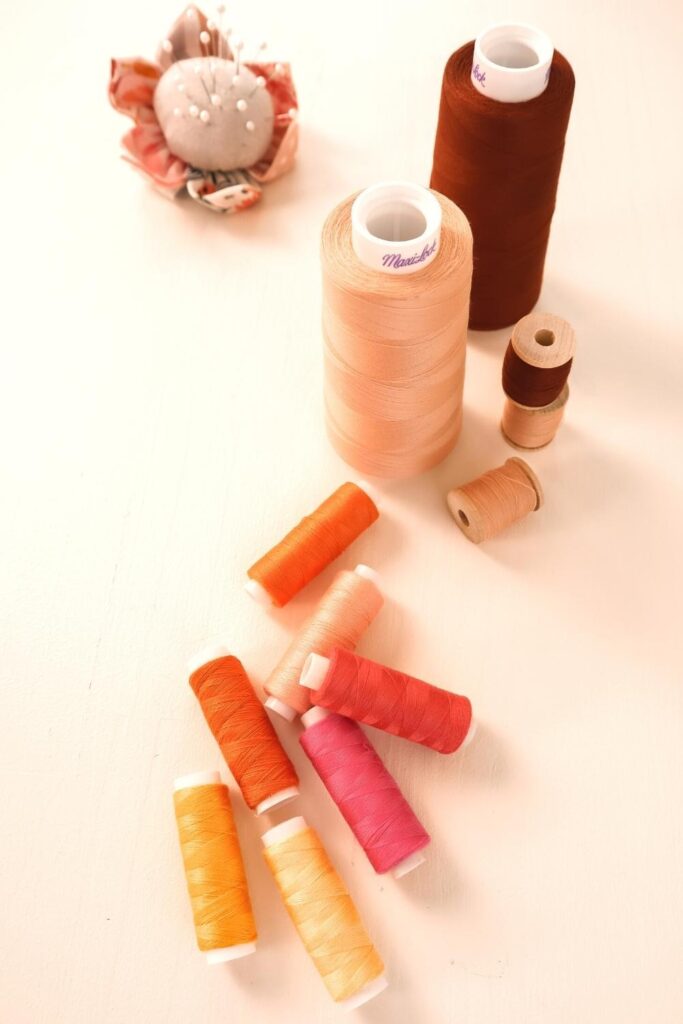
The fabric determines the type of thread you will use.
Starter Thread: There are many coordinating colors and variations to choose from. As a sewing beginner, you may want to start with * All-Purpose or General-Use threads, such as polyester threads.
I love *these colors, and *these are my favorite to use.
Heavy-Duty Thread: This is best for craft projects requiring face accessories for dolls and such or heavy-weight denim fabrics.
Point Turning
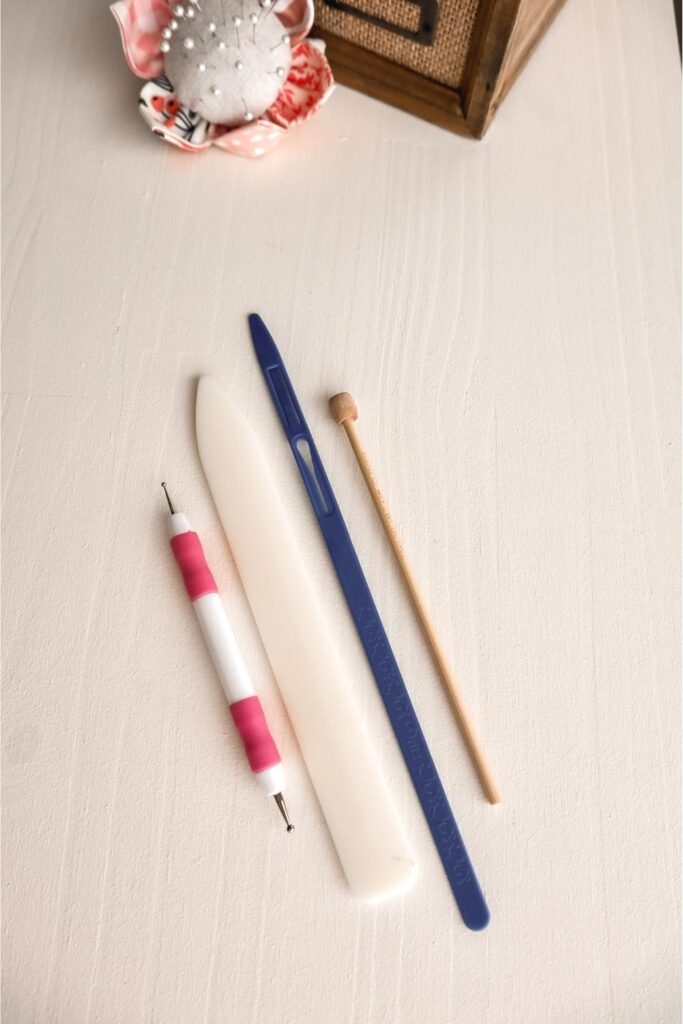
When you turn or flip fabric inside out, a pointed tool will help create sharp corners on the sewing project and create sharp creases with ease.
You can purchase point turners or use what you have around your home. Just make sure one end has a semi-narrow point. And, nothing sharp enough to pierce the fabric. My favorite go-to turner is *this.
Fabric Marking
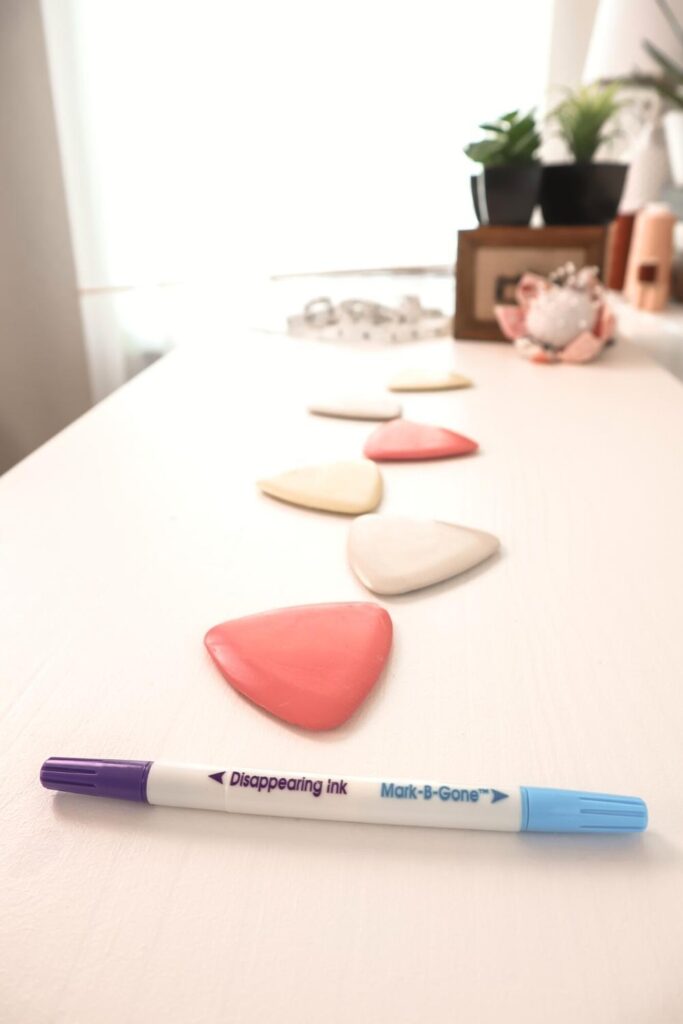
Using a fabric marking tool is helpful to mark necessary marking from your patterns, such as buttonhole placement, notches, or darts.
You can use a pencil or colored pencils to mark your fabric, but the best practice is fabric chalk or tailor chalk; I use *this.
The most opted fabric marking tool is disappearing ink that washes away when laundering or when steam is applied.
Pins + Pin Cushion
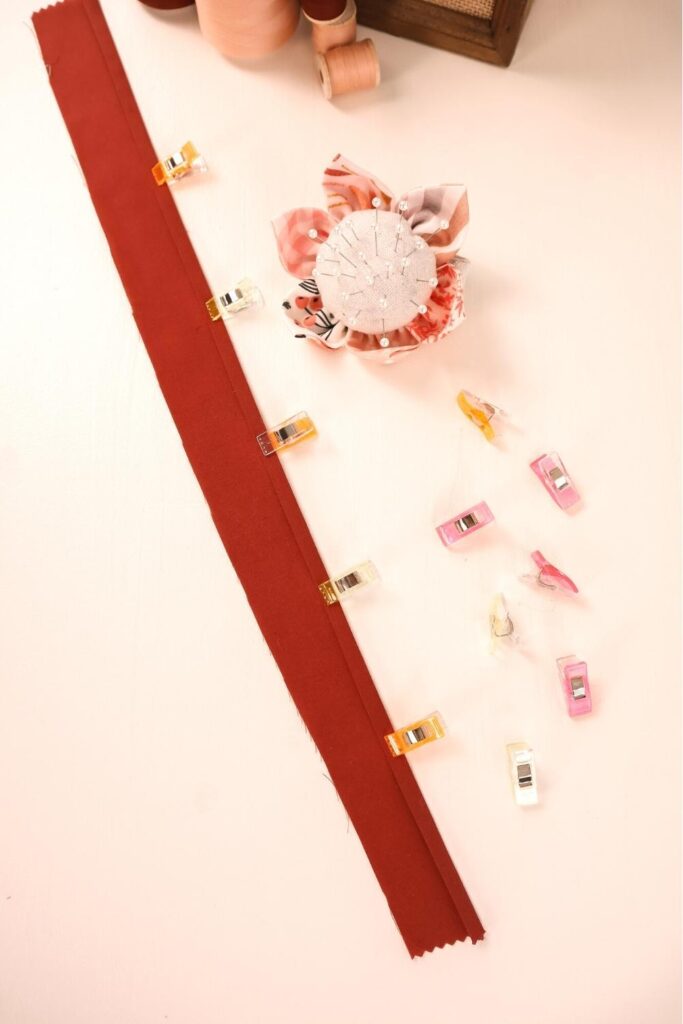
*Pins help keep your pattern pieces together while sewing, depending on the project you are working on and the type of fabric. You’ll also want a pin cushion to keep your pins in one place.
While we were on the topic of the pin cushion, a pin cushion was one of my very first sewing projects.
It’s your preference for the type of pin that works best for you.
There are several pins, such as *plastic head pins, metal pins that will not melt while ironing, and *clips for ease.
Needles
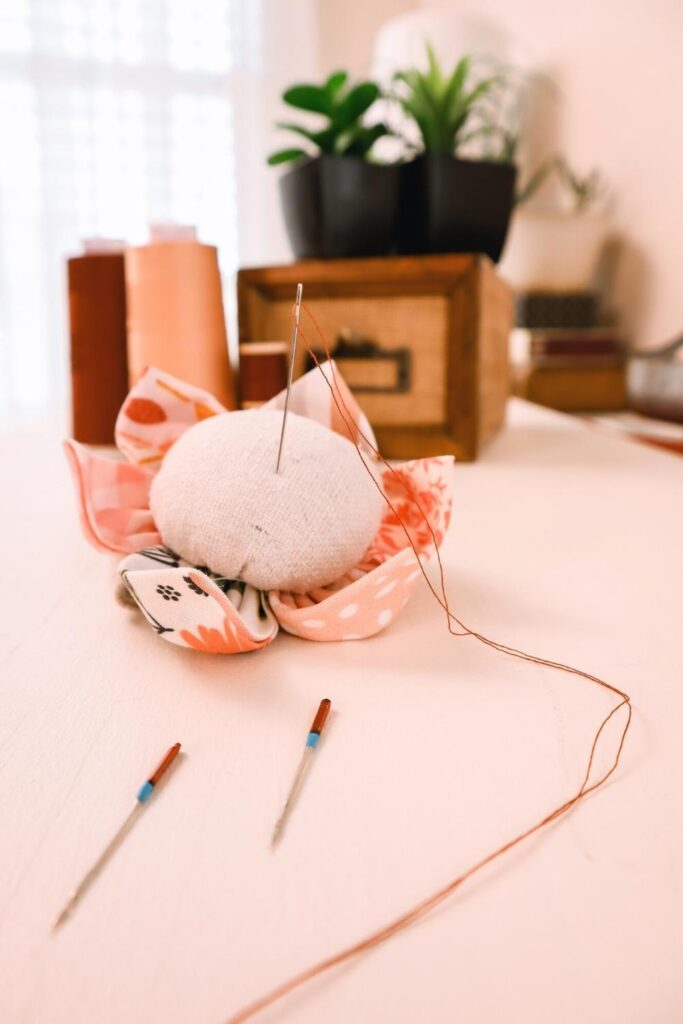
As a beginner, you should know two types of sewing needles. Sewing needles come in many sizes and are meant for different fabrics and project styles.
*Hand sewing needles are for sewing without a machine. They can be used to sew buttons and unique fabrics—or sew an entire wardrobe, for that matter. A universal hand-sewing needle will suffice.
*Sewing Machine Needle is the needle inserted into your sewing machine. A sewing machine needle also comes in various sizes for different fabric types. Learning your needle types is vital to avoid unnecessary needle breaks.
Ruler

I feel several rulers are necessary, not only for beginners.
A flexible Measuring Tape is a must when sewing garments or small projects. It allows you to take accurate measurements.
Yard Sticks is pretty accurate; this is great for measuring your fabric.
The transparent Quilting Ruler measures in two dimensions, so it’s great for checking whether things are parallel or perpendicular. *This ruler is perfect for rounded curves such as necklines.
Adhesives

At times, *bonds are necessary when you have a tricky sewing project. An adhesive will temporarily help. Or, if you have a no-sew project, you can use fabric glue or sewing tape that can be adhered to by an iron.
Seam Ripper

*This handy tool is a must! Everyone should have a seam ripper because accidents do happen. Everyone makes mistakes; whether you like it or not, it will happen often. This tool is also great for removing buttons from garments if needed.
Iron and Ironing Board
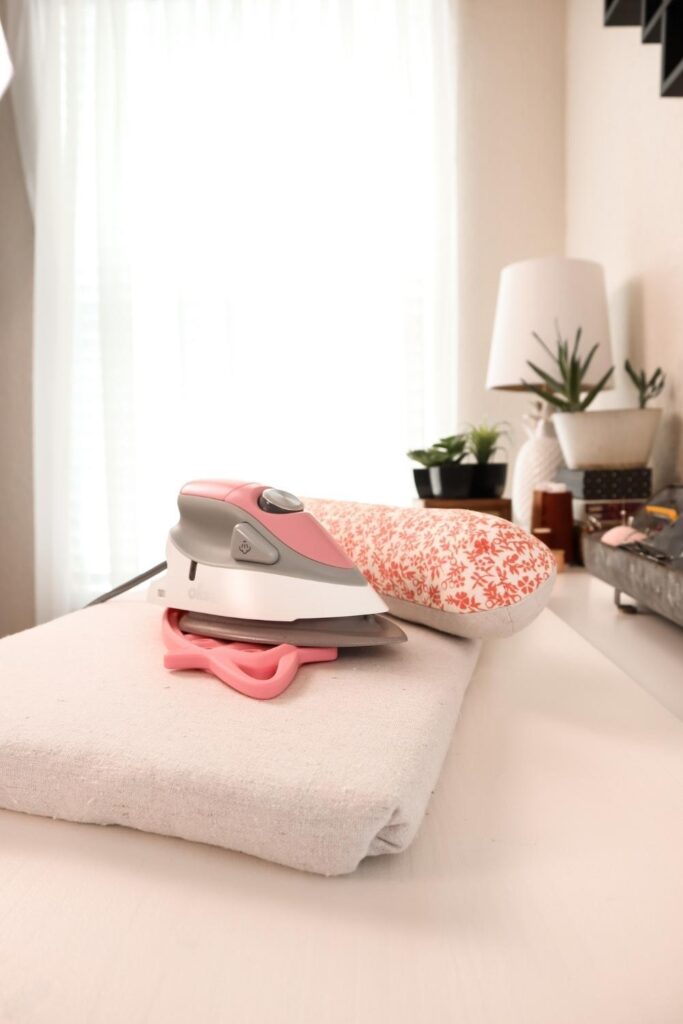
There is nothing like having a professional finished look for your sewing projects. You’ll want your finished project to be wrinkle-free. In addition, if you have crisp creases and sharp corners, it gives that perfectly finished look. I use *this in pink for small sewing projects and *this one for my garment sewing. I have to say it’s been a dream to work with. I love it!
Rotary Blade Tool and Cutting Board
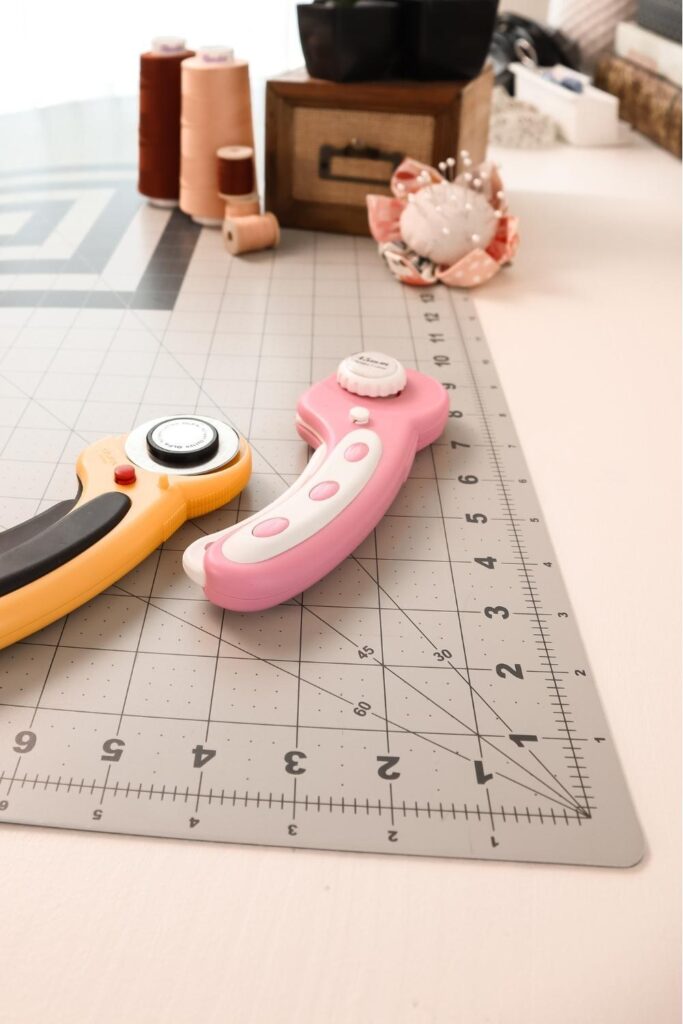
Purchasing a rotary *blade cutting tool or *cutting board isn’t completely vital for a beginner, but it does simplify the smaller sewing projects, and you’ll be glad you did. The *pink cutter is really cute.
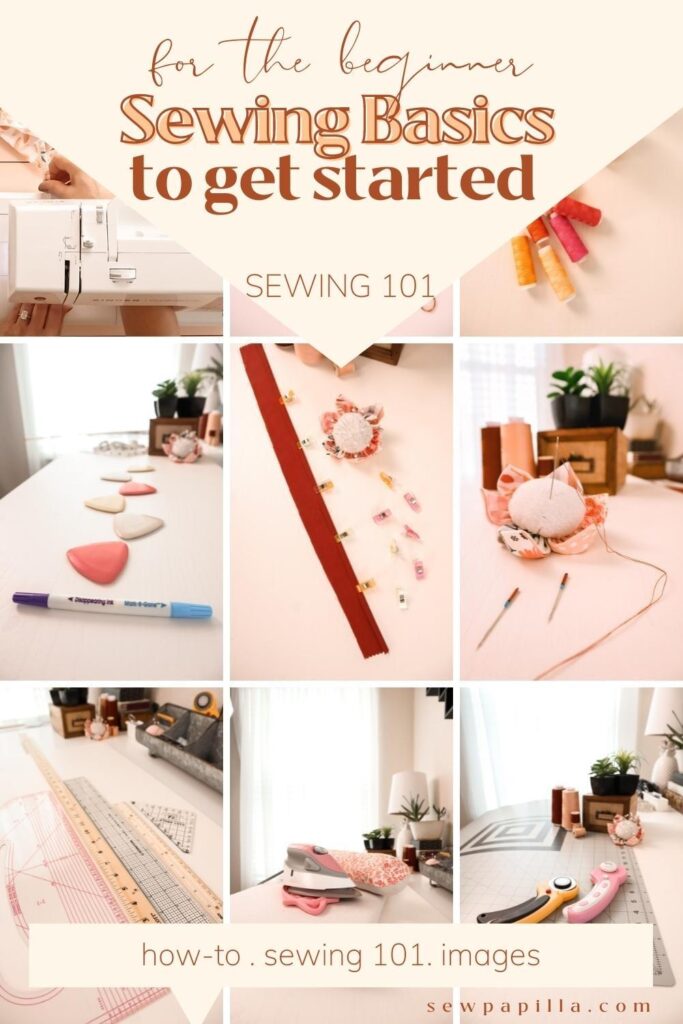
Always consider the quality of the tools you use, as it affects the outcome of your final project.
The type of sewing you plan to do determines the necessary tools. Finally, however, this list will get you in the door.
I hope this list is helpful for those who are just getting started on your sewing journey! Enjoy!
